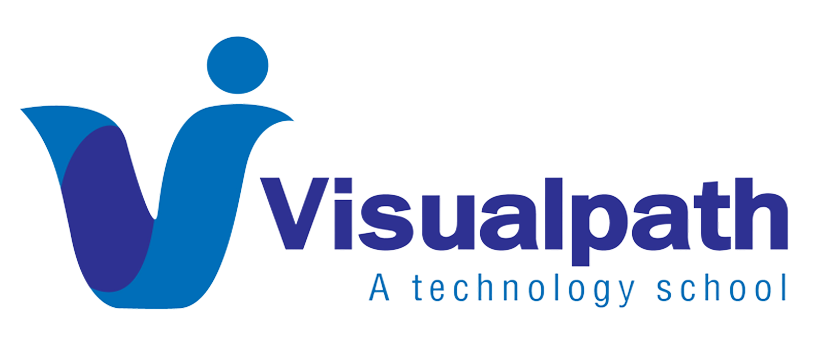Introduction:
SailPoint is a leading identity governance platform that helps organizations manage user access, ensure compliance, and mitigate security risks. Onboarding applications in SailPoint is a crucial step for managing access and ensuring that the right users have the right access to the right applications.
Importance of Application Onboarding:
Onboarding applications in SailPoint allows organizations to:
Centralize identity management. Sailpoint Identity IQ Training
Automate access provisioning and de-provisioning.
Enhance security and compliance.
Simplify audit processes.
By integrating applications with SailPoint, organizations can ensure that user access is managed consistently and securely across all systems.
Steps to Onboard Applications in SailPoint:
Preparation and Planning:
Before starting the onboarding process, it is essential to:
Identify the applications to be onboarded.
Understand the access requirements and compliance needs of each application.
Gather necessary information such as API details, user roles, and access policies.
Create an Application Object:
In SailPoint, each application is represented as an application object.
To create an application object:
Log in to the SailPoint IdentityNow or IdentityIQ portal.
Navigate to the “Applications” section.
Click on “Add Application” or a similar option based on the version you are using.
Choose the application type from the available templates (e.g., Active Directory, Salesforce, etc.). Sailpoint Online Training
Configure Application Settings:
After selecting the application type, configure the application settings:
Provide a name and description for the application.
Enter connection details such as URLs, hostnames, and ports.
Specify authentication credentials like usernames, passwords, or certificates.
Set up synchronization settings to determine how and when data will be synchronized between SailPoint and the application.
Define Entitlements:
Entitlements are the access rights or permissions associated with an application.
To define entitlements:
Identify the roles and permissions needed for the application.
Map these roles and permissions to SailPoint entitlements.
Configure entitlement aggregation to pull entitlement data from the application into SailPoint.
Configure Identity Attributes:
Map identity attributes between SailPoint and the application. This involves:
Identifying user attributes (e.g., username, email, department) in both systems. Sailpoint Identity IQ Course Online
Conclusion:
Onboarding applications in SailPoint is a critical process that helps organizations manage access, ensure compliance, and enhance security. By following a structured approach to preparation, configuration, testing, and monitoring, organizations can effectively integrate applications with SailPoint and achieve centralized identity governance.
Visualpath is the Leading and Best Institute for learning Sailpoint Online Training in Ameerpet, Hyderabad. We provide Sailpoint Online Course, you will get the best course at an affordable cost.
Attend Free Demo
Call on – +91-9989971070
Visit : https://www.visualpath.in/sailpoint-Identity-IQ-online-training.html




